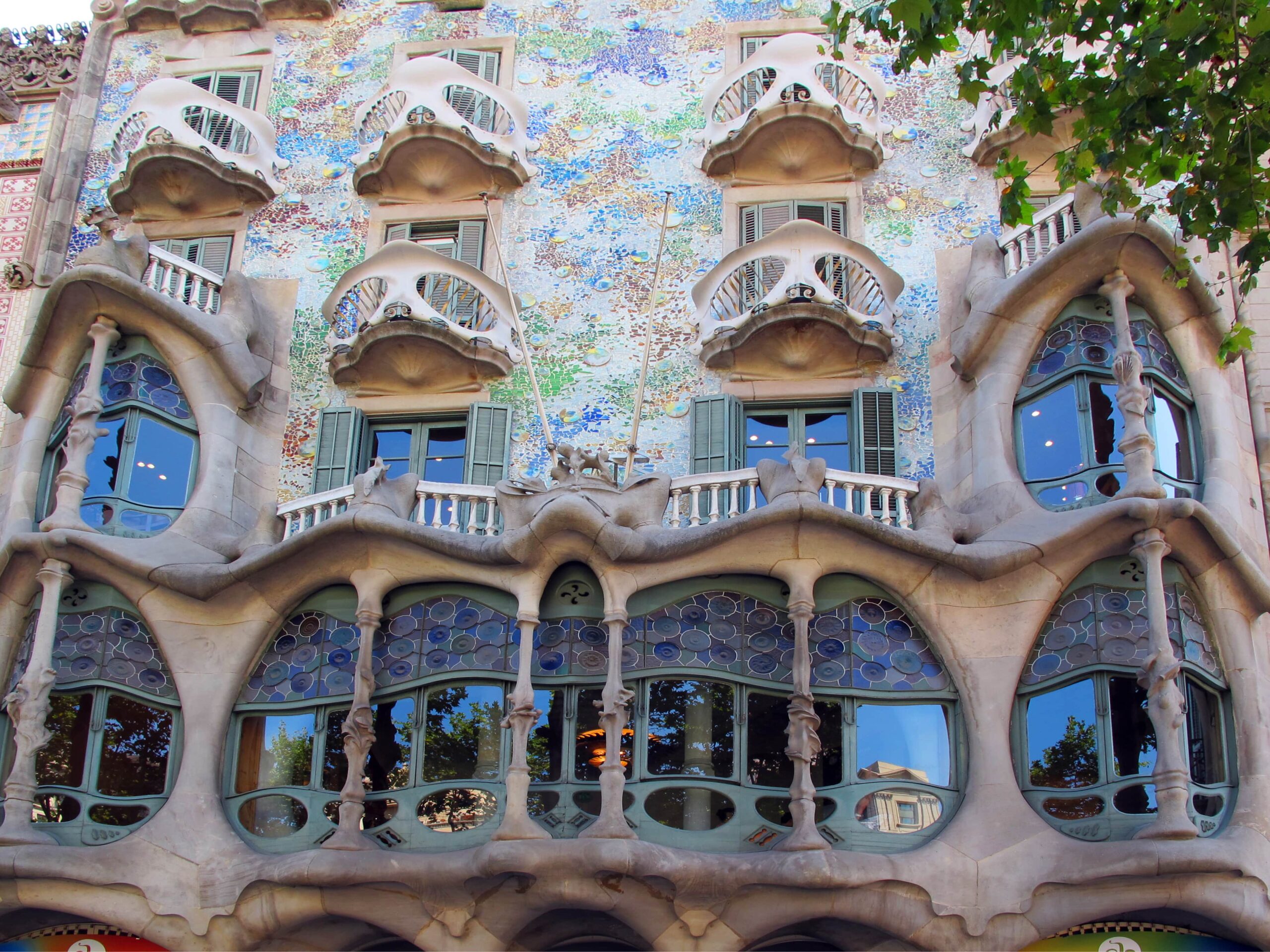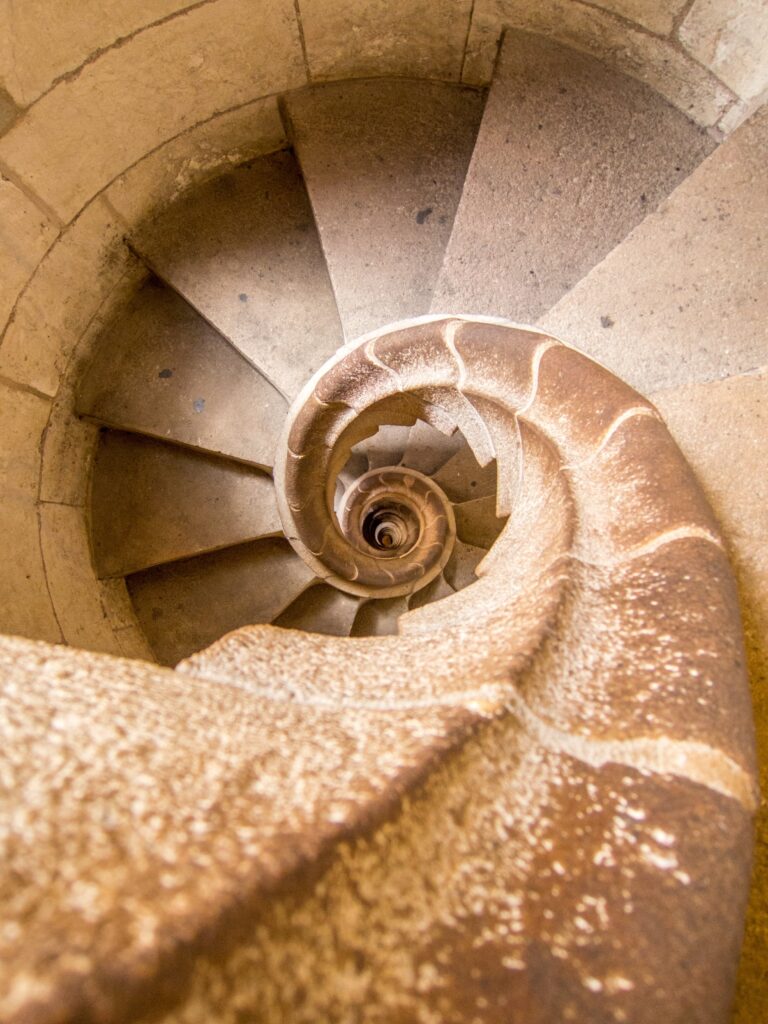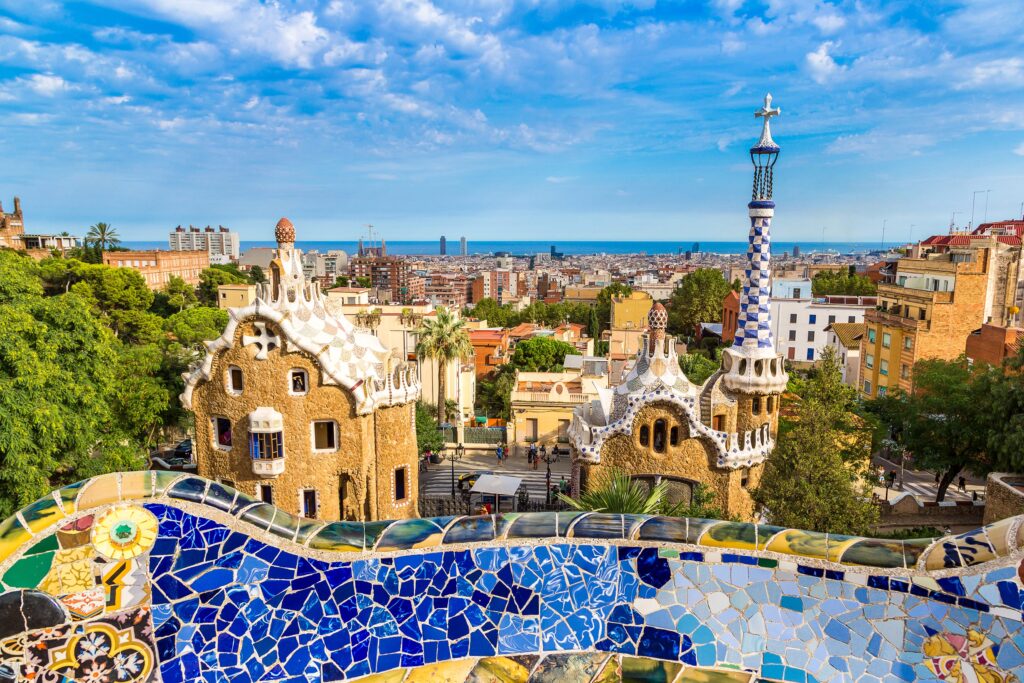
There are some people whose skill, character, style and sheer magnetism transcend boundaries and become recognised across social and cultural spheres. One such talent is the Catalan architect and designer Antoni Gaudí, and with Barcelona Design Week on the horizon, it’s the indelible mark he has left on the city that fuels our imagination. So, what did this man, engineer, artist and architect bring to modern design?
Architecture imitating life
One of the favourite architects of our Design Director, Niko Rasides, Gaudí is widely reputed to have been a character both in life and in art. No doubt not an easy fellow to befriend, he was unquestionably an artistic genius, whose sculptural forms continue to delight visitors to Barcelona today. He was ahead of his time, and perhaps in many ways his work is still the stuff of the future.
Gaudí was the first to introduce forms that imitate life and nature into the structures of his buildings. At La Pedrera-Casa Milà for example, you can clearly see references to plant life and animals, while Casa Batlló is famous for its distinct and visceral, skeletal organic design. He broke boundaries with his use of shape, style, colour and materials, such as vertical ribbons of metal or irregular pieces of glass. A notable leitmotif is his use of broken tiles to bring a kinetic energy and jewel like qualities to structures as they interplay with the Catalan sun.
Breaking boundaries
The famous Park Güell shows the ingeniousness of Gaudí’s perspective, where his wave wall is constructed almost like a tunnel in a series of continuous pillars. The static form gives the impression of movement, as if you’re walking inside a wave that’s about to break, all thanks to the immense depth of his perception. A penny would not have been enough for one of this man’s thoughts.
Arguably Gaudí’s greatest achievement was the Sagrada Família, now a UNESCO World Heritage Site. The building is peppered with intricate details from moulds from real-life animals to hidden meanings. The building features an almost overwhelming level of detail. The hidden symbolism within the building still fascinates (and possibly frustrates) enthusiasts, perhaps a nod to the architect’s slightly Machiavellian humour.

Living, breathing spaces
The key thing about Gaudí is that his work is a highly sophisticated consideration of form, function and narrative. It goes beyond mere structure, and embraces each building as a living, breathing entity, engaging with the people (and the creatures) who enter and the world around it. For example, one day you may be strolling into a building to find a flock of birds scattering from intentional nooks on the rooftop. Or perhaps you will experience the difference between one of his masterpieces at dawn and dusk, only to find them transformed by the different light.
Each project has its own story, and with each building we also see the evolution of the man himself as he explores different techniques. As such, this is the kind of architecture that takes individual materials to a whole new level, allowing them to shine and take on new life. It’s something that informs our own love of organic materials in our work, whether it’s an ancient stone or a rich wood. The result is a profound connection between the space and the occupant.

An attitude of wonder
Importantly, the way Gaudí worked was known to be very hands-on. As fans of craftsmanship ourselves, we can’t help but marvel at the time he spent with builders, not just to gain ideas but to understand how things worked. That’s how he explored how to improve, perfect, explore new avenues of design, by learning what’s possible through techniques and the manipulation of different materials. If he didn’t have a technical skill he would learn about it from the people who did. He would consider the air and the importance of renewing it in a hot climate, so that without any air conditioning his buildings feel cool even in the extreme Spanish summer heat. This is evidence of the deep pragmatism that sat alongside his almost insane level of creativity. Like Da Vinci before him, through his work you can see an architect, sculptor, visionary, scientist and engineer at play.
Perhaps the greatest lesson we feel we can learn from Gaudí as designers ourselves, is the importance of taking inspiration from everything. The details matter – the light, the wildlife, the materials, the people, the air, the time of day – it all plays a part in the end result, and if you are prepared to work hard enough, the boundaries of design are very much made to be broken.
Want to create a home environment that represents who you are? Start your own design process with Nicholas Anthony right here.



